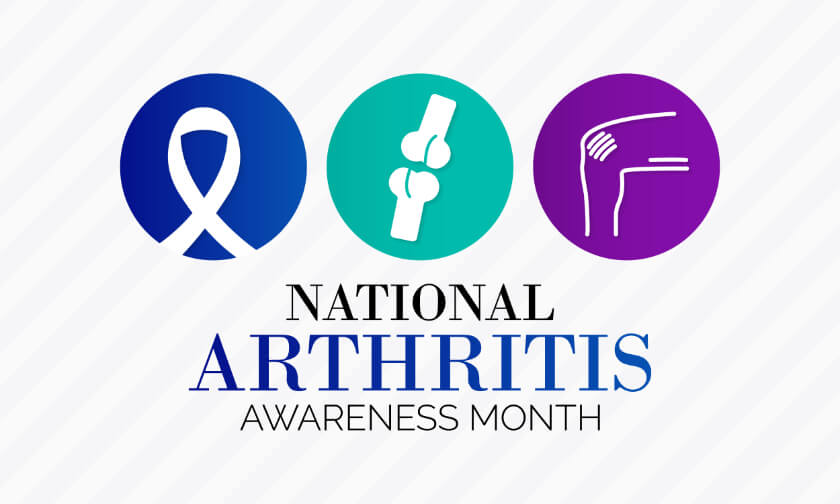What is an extremity MRI?
An extremity MRI is a diagnostic imaging procedure that uses magnetic resonance imaging (MRI) to evaluate the tissues in the arms and legs, including the hands and feet and the joints in these areas. Unlike a traditional whole-body MRI that uses a large tube-like device to perform scans and obtain images of internal organs and tissues, extremity MRIs are performed using a scanner specifically designed for extremities. The machine enables your head and torso to remain outside of the scanner and to have images made while you sit or recline comfortably, eliminating the “closed-in” feeling that many people experience with traditional MRI machines. Extremity MRIs use the same powerful magnetic fields combined with special radio and computer technology to capture and create highly-detailed images that can be used to diagnose diseases and injuries and to assess limbs prior to and following surgery or other medical treatment. MRIs are noninvasive, do not use x-rays and are completely painless.
When is an extremity MRI used?
Extremity MRIs are used to diagnose and assess an array of conditions that affect the arms, legs, feet and hands, including:
- degenerative joint diseases like arthritis
- specific types of fractures
- traumatic injuries to bones, ligaments, tendons and muscles
- nerve-related problems
- injuries related to sports or work activities, including repetitive stress injuries and injuries related to forceful impact or torsion
- bone infections and other types of deep infections
- tumors affecting the bones or soft tissues
- pain, swelling, tenderness, stiffness, restricted range of motion and other symptoms affecting the joints and the tissues surrounding them
MRIs may be used to assess a joint prior to complete or partial joint replacement surgery or to assess the spine prior to spinal fusion or other spine surgery.
What happens during an extremity MRI?
You should wear loose, comfortable clothing for your MRI and leave any jewelry at home. If your leg or foot is being evaluated, you may be asked to wear a hospital gown. During the exam, you’ll be able to sit or lie down while the limb (or extremity) is placed inside the scanner. As images are made, you’ll hear noises like thumping, tapping or snapping as the magnetic fields shift positions to enable the radio energy and computer to gather data and create the final detailed images. In most cases, you’ll be asked to remain completely still for the procedure and straps may be used to keep your limb in the proper position; in other cases, depending on the images your doctor needs for your evaluation, you may be asked to move your limb or hold a specific position for a portion of the procedure. Once the MRI is complete, you’ll be able to return to your regular activities right away. Most extremity MRIs take about a half hour to perform, though some may take a little longer, especially those involving the spine.
Available Locations
Preparation Instructions
-
-
- Please leave your jewelry at home.
- You may have to change into a gown.
- If you are having an abdominal and/or pelvic MRI, you may not eat or drink for 4 hours prior to your appointment. You may take necessary medications with a small amount of water.
- Bring your prescription and insurance card.
- Bring all previous imaging/radiology studies (that were not done at RAI) relating to your current study.
- Please call us at (609) 585-8800, if you have any of the following:
-
- Cardiac Pacemaker Artificial heart valve prosthesis
- Eye implants or metal ear implants
- Any metal puncture(s) or fragment(s) in the eye
- Any metal implants activated electronically, magnetically or mechanically
- Aneurysm clips
- Copper 7 IUD
- Penile implant
- Shrapnel or non-removed bullet
- Pregnancy
- Claustrophobia
- Additional Questions
-
-





